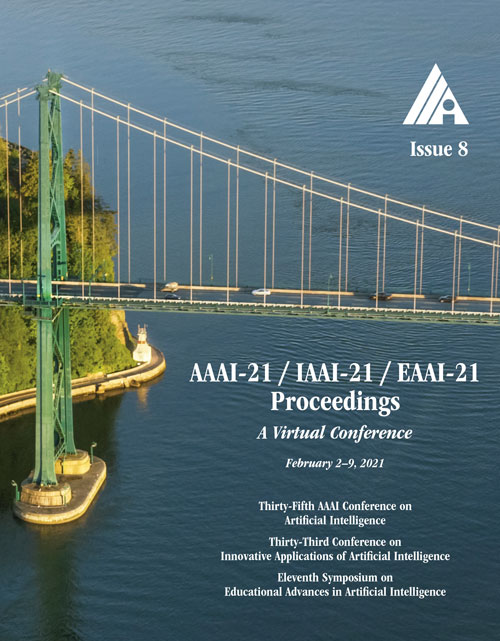Extending Multi-Sense Word Embedding to Phrases and Sentences for Unsupervised Semantic Applications
DOI:
https://doi.org/10.1609/aaai.v35i8.16857Keywords:
Unsupervised & Self-Supervised Learning, Language Models, ClusteringAbstract
Most unsupervised NLP models represent each word with a single point or single region in semantic space, while the existing multi-sense word embeddings cannot represent longer word sequences like phrases or sentences. We propose a novel embedding method for a text sequence (a phrase or a sentence) where each sequence is represented by a distinct set of multi-mode codebook embeddings to capture different semantic facets of its meaning. The codebook embeddings can be viewed as the cluster centers which summarize the distribution of possibly co-occurring words in a pre-trained word embedding space. We introduce an end-to-end trainable neural model that directly predicts the set of cluster centers from the input text sequence during test time. Our experiments show that the per-sentence codebook embeddings significantly improve the performances in unsupervised sentence similarity and extractive summarization benchmarks. In phrase similarity experiments, we discover that the multi-facet embeddings provide an interpretable semantic representation but do not outperform the single-facet baseline.Downloads
Published
2021-05-18
How to Cite
Chang, H.-S., Agrawal, A., & McCallum, A. (2021). Extending Multi-Sense Word Embedding to Phrases and Sentences for Unsupervised Semantic Applications. Proceedings of the AAAI Conference on Artificial Intelligence, 35(8), 6956-6965. https://doi.org/10.1609/aaai.v35i8.16857
Issue
Section
AAAI Technical Track on Machine Learning I

